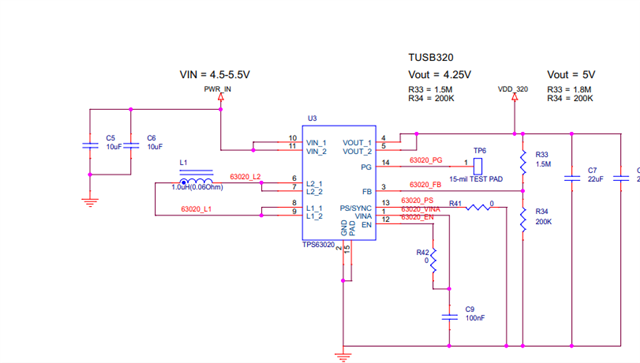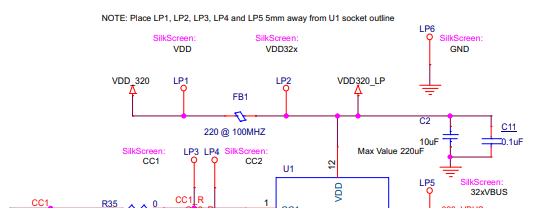Other Parts Discussed in Thread: TUSB320
Tool/software:
Dear Specialists,
My customer is considering TUSB320LAI and has questions.
I would be grateful if you could advise.
---
(1) When using DFP mode only, it is stated on page 12 of the datasheet that VBUS_DET should be left floating.
On the other hand, on page 3 of the datasheet, it is stated that VBUS detection determines UFP attachment."
Furthermore, on page 12, it is stated that "VBUS detection is used to determine the attachment and detachment of a UFP and to determine the entering and exiting of accessary modes. VBUS detection is also used to successfully resolve the role in DRP mode."
If VBUS_DET is opened only in DFP mode, it will not be possible to determine the connection and disconnection of the UFP, and the start and end of accessory mode, as described above.
Is it possible to use VBUS_DET open in DFP only?
(2) In our case, we will use the battery as the DFP.
So when the other device is a UFP, we will output 5V from the battery.
In this case, ATTACHED_STATE on page 18 is read, will it become 7:6=10 Attached.SNK (UFP)?
(3) In Figure 16 of the datasheet, VBUS_DET is connected in DFP in I2C Mode.
Figure 14 and Figure 15 also use I2C, VBUS_DET is floating.
When using this product (battery), we control the TUSB320 from I2C.
If using it DFP with I2C, does VBUS_DET need to be connected?
---
I appreciate your great help in advance.
Best regards,
Shinichi






